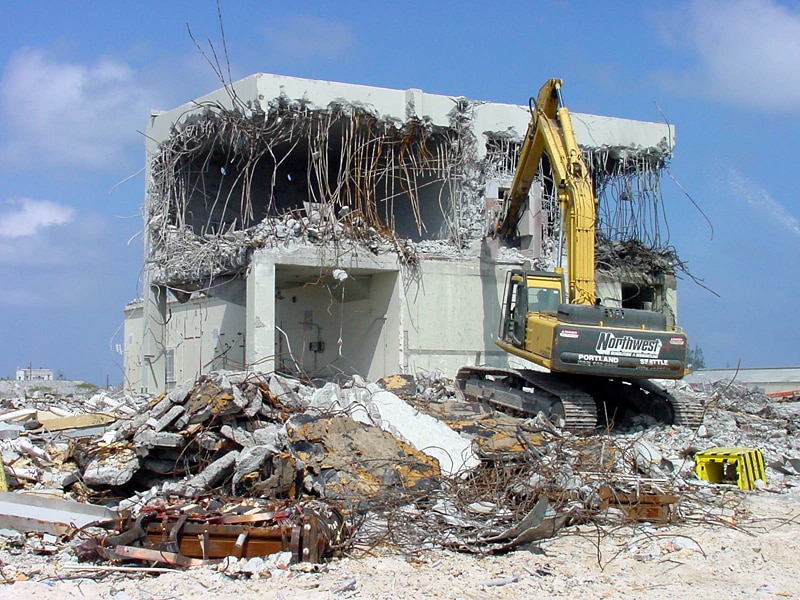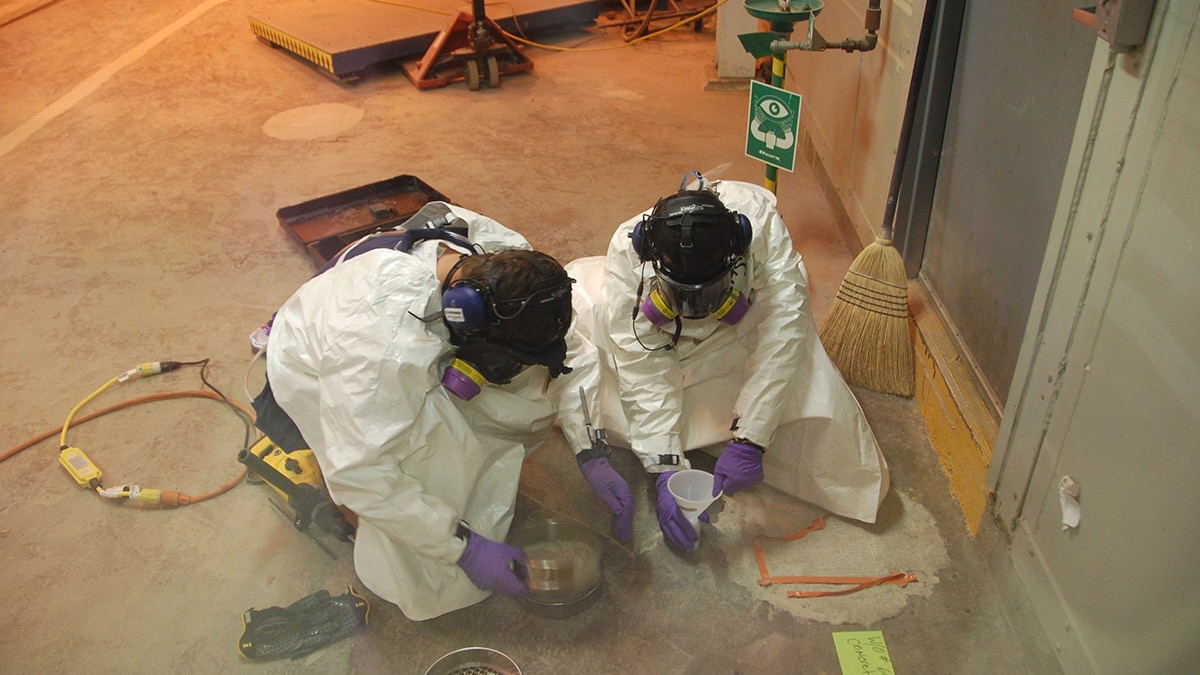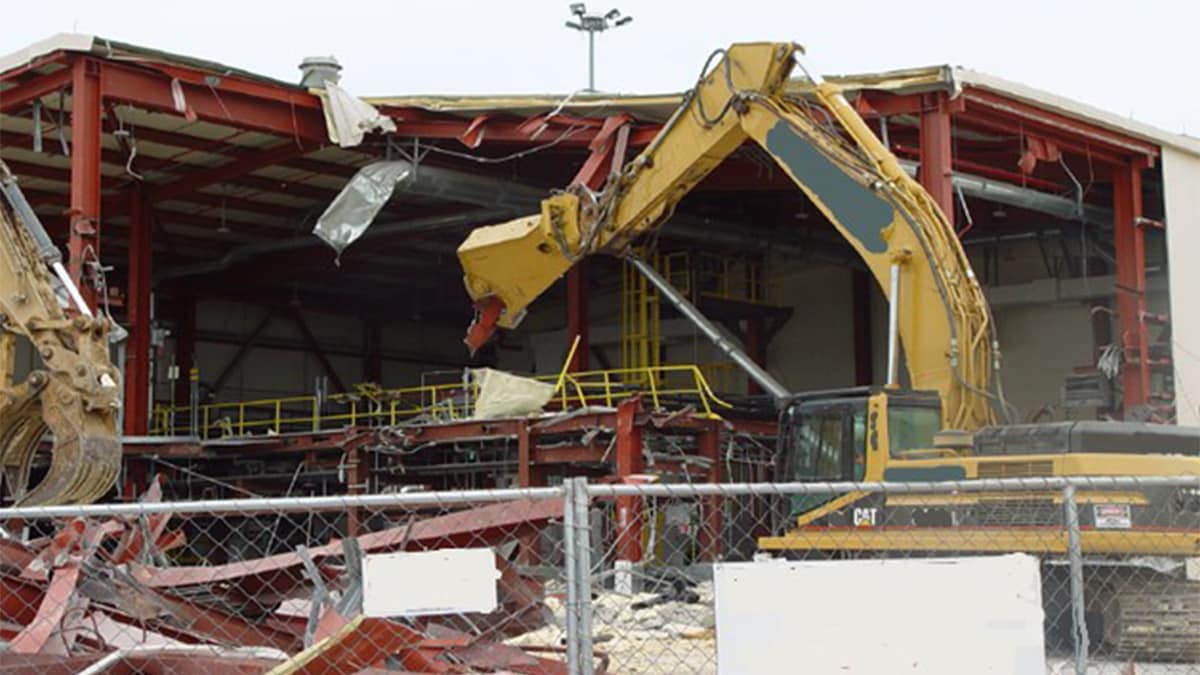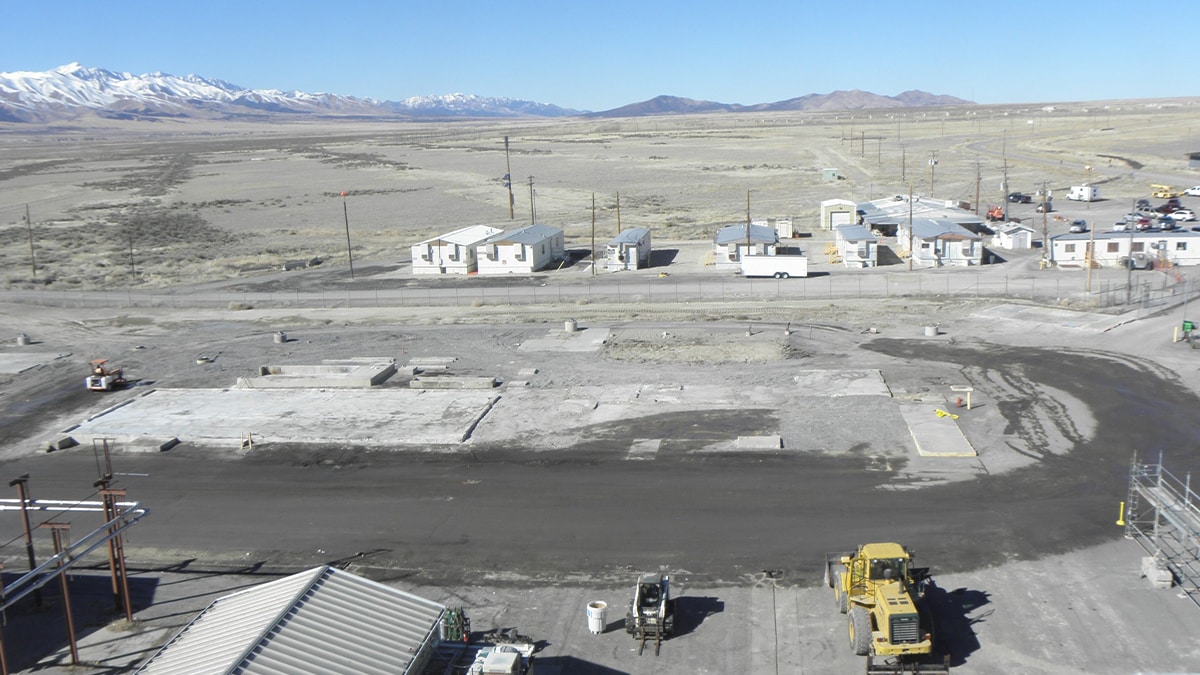At a glance
In July 2023, the last of the approximately 30,500 tons of stockpiled chemical warfare agent was destroyed. The complete destruction of the stockpile fulfilled the U.S. treaty obligation under the Chemical Weapons Convention.

Status of Chemical Agent Destruction Facilities
Chemical agent destruction facilities at each site destroyed the stockpile by incineration or neutralization.
Two organizations managed these activities:
- Chemical Materials Agency, renamed Chemical Materials Activity (CMA) (army.mil) in 2012
- Program Manager for Assembled Chemical Weapons Alternatives (PEO-ACWA) (army.mil)
Two sites are currently in the closure process:
- Blue Grass Chemical Agent-Destruction Pilot Plant, Richmond, Kentucky
- Pueblo Chemical Agent-Destruction Pilot Plant, Pueblo, Colorado
Seven sites have been closed:
- Aberdeen Chemical Agent Disposal Facility, Aberdeen Proving Ground, Maryland
- Anniston Chemical Agent Disposal Facility, Anniston, Alabama
- Johnston Atoll Chemical Agent Destruction System, Johnston Atoll
- Newport Chemical Agent Disposal Facility, Newport, Indiana
- Pine Bluff Chemical Agent Disposal Facility, Pine Bluff, Arkansas
- Tooele Chemical Agent Disposal Facility, Tooele, Utah
- Umatilla Chemical Agent Disposal Facility, Umatilla, Oregon
Find more information about sites currently going through closure at Program Executive Office, Assembled Chemical Weapons Alternatives (PEO ACWA) (army.mil).
The Closure Process
Before the closure process begins at a site, site personnel carefully plan, develop standard operating procedures, and conduct safety reviews. CDC then reviews these plans and procedures for public health and safety considerations.
The closure process involves dismantling, decontaminating, and demolishing the chemical agent disposal equipment and buildings. It also requires considering how the property might be used in the future. Finally, it must be verified that standards described in the destruction facility's environmental permit have been met.
Reviews of the facility's history and interviews with facility personnel help identify potentially contaminated equipment and buildings. Decontamination methods are designed specifically for each facility's type of equipment and buildings, and their level of contamination.
Depending on past levels of contamination in a facility, its equipment could be decontaminated, removed, and reused. If the equipment cannot be reused, it may be left in place and demolished along with the facility's structures. When necessary, equipment could be removed and disposed of as hazardous waste. Equipment is dismantled as needed so interior surfaces can be checked for contamination. Air monitoring and chemical analyses continue during the process to verify that all materials are successfully decontaminated.

After the buildings and remaining equipment are decontaminated, the entire facility is demolished.

After demolition, soil at the building sites is analyzed and cleaned up should it be necessary. This ensures that the property meets the standards specified in the facility's environmental permit.

Closure Waste
Closure of chemical agent destruction facilities generates waste that includes the following:
- Used decontamination solutions,
- Protective clothing for workers,
- Cleaning tools and supplies, and
- Equipment that cannot be reused or left at the facility.
In general, closure waste is handled in the same way as waste created during facility operations. Depending on its level of contamination, waste may be thermally treated at the facility, sent to a permitted hazardous waste treatment and destruction facility, or sent to a solid waste destruction facility.
Land Use after Closure of Chemical Agent Destruction Facilities
After a facility closes, its land might be used by DoD or another federal agency. DoD considers local economic conditions and public comments when determining how to use the land.
For example, land at the first facility to close, Johnston Atoll Chemical Agent Destruction System, was given to the U.S. Fish and Wildlife Service and became the Johnston Island National Wildlife Refuge. After the Aberdeen Chemical Agent Destruction Facility closed, DoD kept its office building there for use by other DoD agencies. Plans for the Newport Chemical Agent Destruction Facility's land include a variety of commercial uses.
